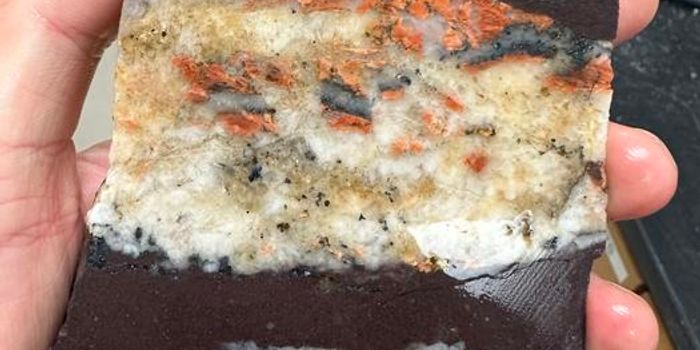Giraffes Threatened by Climate Change-Caused Rainfall
Scientists from the University of Zurich and Pennsylvania State University have found that warmer temperatures are correlated with higher rates of giraffe survival, while higher rates of rainfall tended to accompany lower rates of giraffe survival. Concluding a decade-long study of more than 2,300 giraffes in northern Tanzania, the researchers aimed to understand how large mammals are affected by global warming and the effects of climate change.
Giraffes are just one example of the large mammals that typically serve as keystone species due to their disproportionate effects on ecosystems. They are also particularly vulnerable to harmful effects from anthropogenic pressures including human-caused climate change.
The study hypothesized that the warmer temperatures that typically accompany climate change would be harmful to adult giraffes, causing their relatively large bodies to overheat, but the authors instead found that higher temperatures were positively correlated with adult giraffe survival.
This may be in part due to unique features of giraffe anatomy, including their long necks and legs that are especially suited for heat loss. Study author Derek Lee also noted that "temperatures during our study period may not have exceeded the tolerable thermal range for giraffes, and an extreme heat wave in the future might reveal a threshold above which these massive animals might be harmed."
However, the scientists did find a weather pattern associated with reduced survival rates, for both adult and juvenile giraffes: unusually intense periods of rainfall. This finding matched the study’s hypothesis. The authors had predicted that increased giraffe mortality would occur during high periods of rainfall, hypothesizing that both higher predator stalking cover and higher rates of infectious disease would accompany wetter periods.
They also looked at how the giraffes’ proximity to the edge of protected areas would affect their survival rates. The study found that rainy seasons were correlated with lower survival rates for giraffes residing closer to the edge of protected reserves. “These conditions likely heighten disease risks associated with livestock, and muddy terrain hampers anti-poaching patrols, leading to increased threats to giraffe survival," said study author Arpat Ozgul.
The study findings point to increased threats to giraffe populations as climate change increases the intensity and frequency of heavy rainfall in the giraffes’ East African habitat. In addition to taking action to combat climate change at its source and mitigate its effects, the authors suggest that implementing anti-poaching measures could help improve giraffe survival rates in years to come.
Sources: Biodiversity and Conservation; PNAS; ScienceDaily








